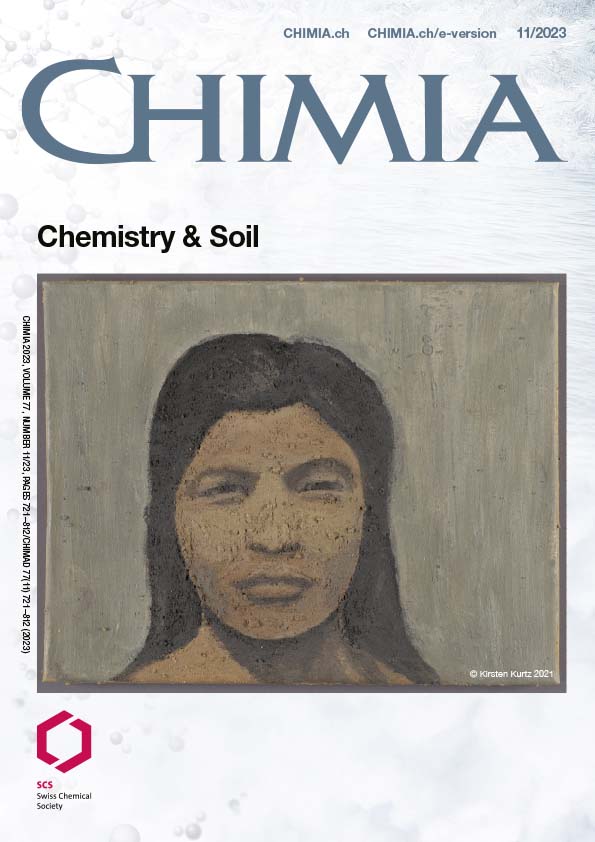Plant Chemistry and Morphological Considerations for Efficient Carbon Sequestration
DOI:
https://doi.org/10.2533/chimia.2023.726PMID:
38047839Keywords:
Carbon partitioning, Rhizodeposits, Root exudation, Soil organic carbonAbstract
Carbon sequestration to soils counteracts increasing CO2 levels in the atmosphere, and increases soil fertility. Efforts to increase soil carbon storage produced mixed results, due to the multifactorial nature of this process, and the lack of knowledge on molecular details on the interplay of plants, microbes, and soil physiochemical properties. This review outlines the carbon flow from the atmosphere into soils, and factors resulting in elevated or decreased carbon sequestration are outlined. Carbon partitioning within plants defines how much fixed carbon is allocated belowground, and plant and microbial respiration accounts for the significant amount of carbon lost. Carbon enters the soil in form of soluble and polymeric rhizodeposits, and as shoot and root litter. These different forms of carbon are immobilized in soils with varying efficiency as mineral-bound or particulate organic matter. Plant-derived carbon is further turned over by microbes in different soil layers. Microbial activity and substrate use is influenced by the type of carbon produced by plants (molecular weight, chemical class). Further, soil carbon formation is altered by root depth, growth strategy (perennial versus annual), and C/N ratio of rhizodeposits influence soil carbon formation. Current gaps of knowledge and future directions are highlighted.
Downloads
Published
How to Cite
Issue
Section
License
Copyright (c) 2023 J. Sasse

This work is licensed under a Creative Commons Attribution 4.0 International License.







